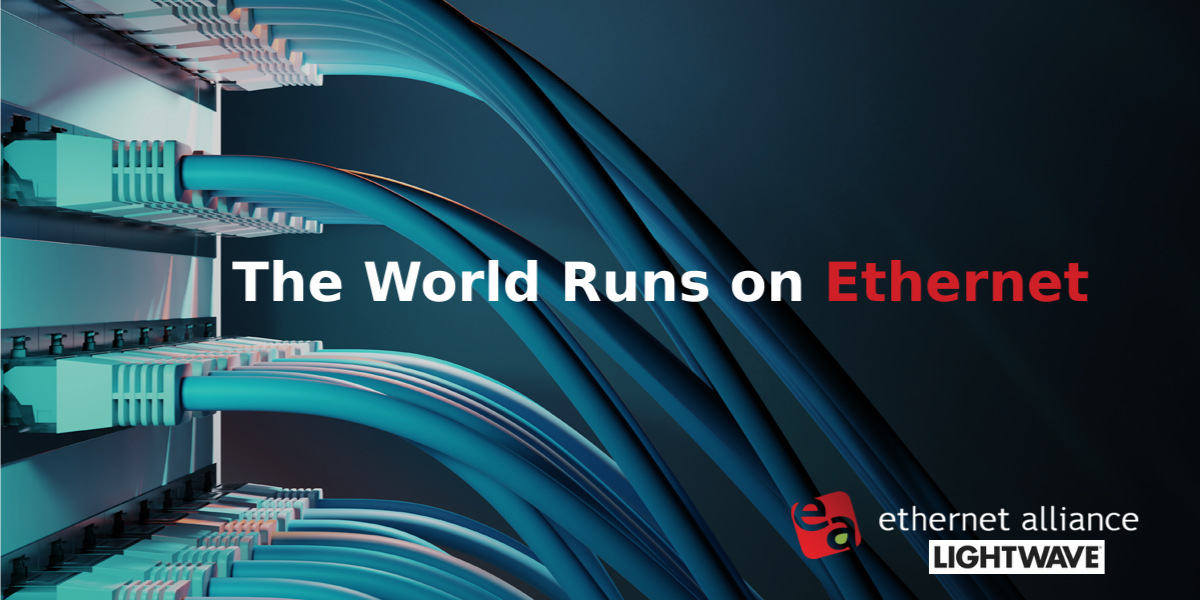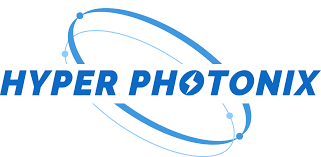The Role of Ethernet in Wi-Fi as a Utility
There’s no denying the tsunami of Wi-Fi deployments is in response to the burgeoning demand for more reliable, capable communications. Whether private, on campus networks, or publicly accessible hot-spot installations, wireless computing is the norm for network connections, and the market is consuming Wi-Fi access innovations and service offerings rapidly.
There’s no greater example of the power of wireless communications than the evolution and proliferation of the Internet of Things (IoT) – smart home appliances, industrial sensors, even “smart” fish tank thermometers, just to name but a few. Added to the mix is the rapid propagation of 5G cellular service and new devices enabling a multitude of social media services and streaming content providers. Every major broadcaster has either released or announced their plans for consumers to easily access content via streaming services, all wirelessly.
In a recent Dell’Oro Group blog, Enterprise Campus NaaS: Wi-Fi as Easy As Electricity, Research Director Siân Morgan explores the complex Enterprise Campus Network as a Service (NaaS) landscape and what the industry needs to agree upon before enterprises can take their Wi-Fi coverage for granted.
Ethernet and Wi-Fi: Better Together
There’s also no doubt “Wi-Fi as a utility” is upon us and in fact, is required to enable broad and accessible NaaS deployments. Whereas the Dell’Oro blog posits “it is rare to find two manufacturers who describe the service in the same way”, the common underpinning for all these services is good ol’ Ethernet. Yes, you read it right – wired Ethernet is at the core of all successful public and private wireless installations.
The answer to the killer question of whether the NaaS opportunity will successfully support the expanding market is largely predicated on the success of the underlying Ethernet communications. The complete picture of success as depicted requires not only understanding and comparing the wireless offerings, but whether the current terrestrial infrastructure can support the workload and application demands.
Interoperability is the Linchpin
Both the Wi-Fi Alliance and Ethernet Alliance continue to pursue and promote interoperability within their given spheres of influence. Outcome-oriented service solutions can only achieve consistency and be truly reliable when both Wi-Fi and its underlying Ethernet products conform to expected specification and operation parameters. Therefore, even across these discrete ecosystems, interoperability serves as a linchpin.
Enterprise Wi-Fi SLAs and subscription services cannot exist without robust, seamless Ethernet underpinnings. As the demand for access points and wireless throughput increases, there is a corresponding requirement to bolster the data delivery demands of the supporting terrestrial networks. The growth in 5G cellular networks illustrates this in no uncertain terms: the connectivity demands of the network mandated a complete upgrade of backhaul infrastructure from 10GbE to 25GbE.
Ethernet: Stable, Mature, and Ubiquitous
“Campus NaaS for WLAN only makes sense if it is accompanied by a wired, Ethernet service as part of the offer, says Morgan. “The utility model is compelling because it just works, hassle-free – but Wi-Fi won’t work without a strong Ethernet foundation.
The success of Wi-Fi and 5G cellular services, and the IoT’s continued expansion rests squarely on Ethernet’s shoulders. The ongoing efforts by contributors to the IEEE 802.3 and IEEE 802.11 standards go largely unnoticed, and rightfully so when these technologies seemingly “just work”. Today’s “as a Service” model relies upon the stability, maturity, ubiquity, and ability of the underlying specifications to be robust, proven, and capable. Lastly, it is the overarching commitment to interoperability by both standards organizations and equipment vendors that facilitates delivery of services functioning so seamlessly that you don’t even have to give it a second thought.





